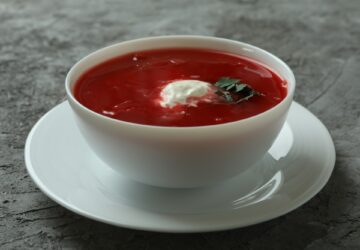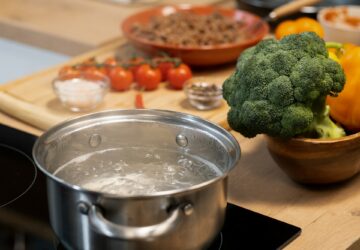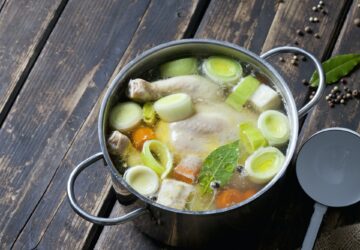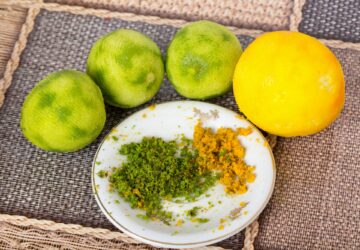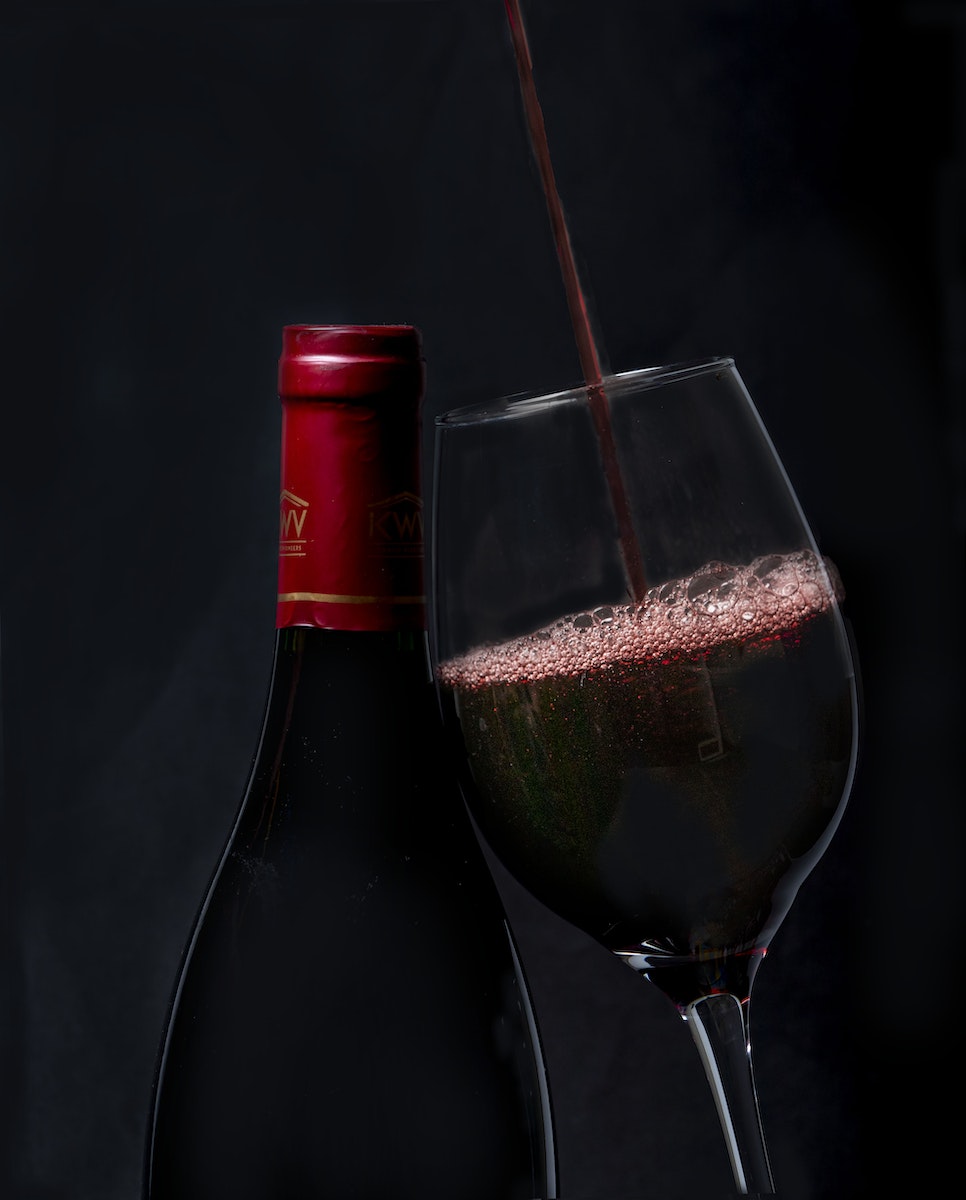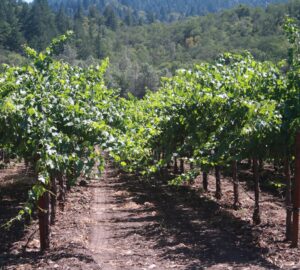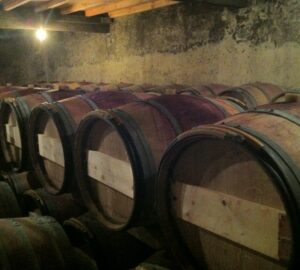Châteauneuf-du-Pape is a prestigious and historic wine appellation located in the southern Rhône Valley in southeastern France. The appellation is named after the village of Châteauneuf-du-Pape, which translates to “the Pope’s new castle,” a reference to the summer residence of the Pope that was built there in the 14th century during the Avignon Papacy. The region has a rich history of winemaking that dates back to Roman times, but it was during the papal period that the reputation of the wines from the area began to spread.
Châteauneuf-du-Pape is well-known for producing powerful, full-bodied red wines, although white wines are also made in smaller quantities. The appellation’s terroir is characterized by its diverse soil types, ranging from rocky, clay, and sandy soils to the region’s famous galets roulés, large rounded stones that retain heat during the day and release it at night, helping to ripen the grapes. The climate in Châteauneuf-du-Pape is Mediterranean, with hot, dry summers and mild winters, which contribute to the intensity and richness of the wines.
The appellation allows for the use of up to 18 grape varieties, although the majority of the red wines are primarily made from a blend of Grenache, Syrah, and Mourvèdre. Grenache is the dominant grape in the region, valued for its ability to produce wines with high alcohol content, fruity flavors, and a spicy character. Syrah adds structure, tannins, and dark fruit flavors, while Mourvèdre contributes complexity, earthiness, and color.
In addition to the primary red grape varieties, other permitted red grapes include Cinsault, Counoise, Vaccarèse, Terret Noir, Muscardin, and Picpoul Noir. White grape varieties used in Châteauneuf-du-Pape include Grenache Blanc, Roussanne, Bourboulenc, Clairette, Picardan, and Picpoul Blanc.
Châteauneuf-du-Pape wines are known for their complexity, depth of flavor, and aging potential. The red wines typically exhibit flavors and aromas of dark fruits, such as black cherries and plums, as well as earthy, spicy, and herbal notes. The white wines, though less common, are often full-bodied and aromatic, with flavors of citrus, stone fruits, and floral undertones.
When it comes to food pairings, Châteauneuf-du-Pape red wines are well-suited for rich, hearty dishes like braised meats, game, and stews, while the white wines complement roasted poultry, seafood, and creamy sauces.
Châteauneuf-du-Pape’s reputation as a top wine-producing region has led to strict regulations to maintain quality standards. These regulations include minimum alcohol levels, strict vineyard practices, and rigorous quality controls during production. The resulting wines are highly sought-after and revered by wine enthusiasts and collectors worldwide for their distinctive character, complexity, and age-worthiness.
